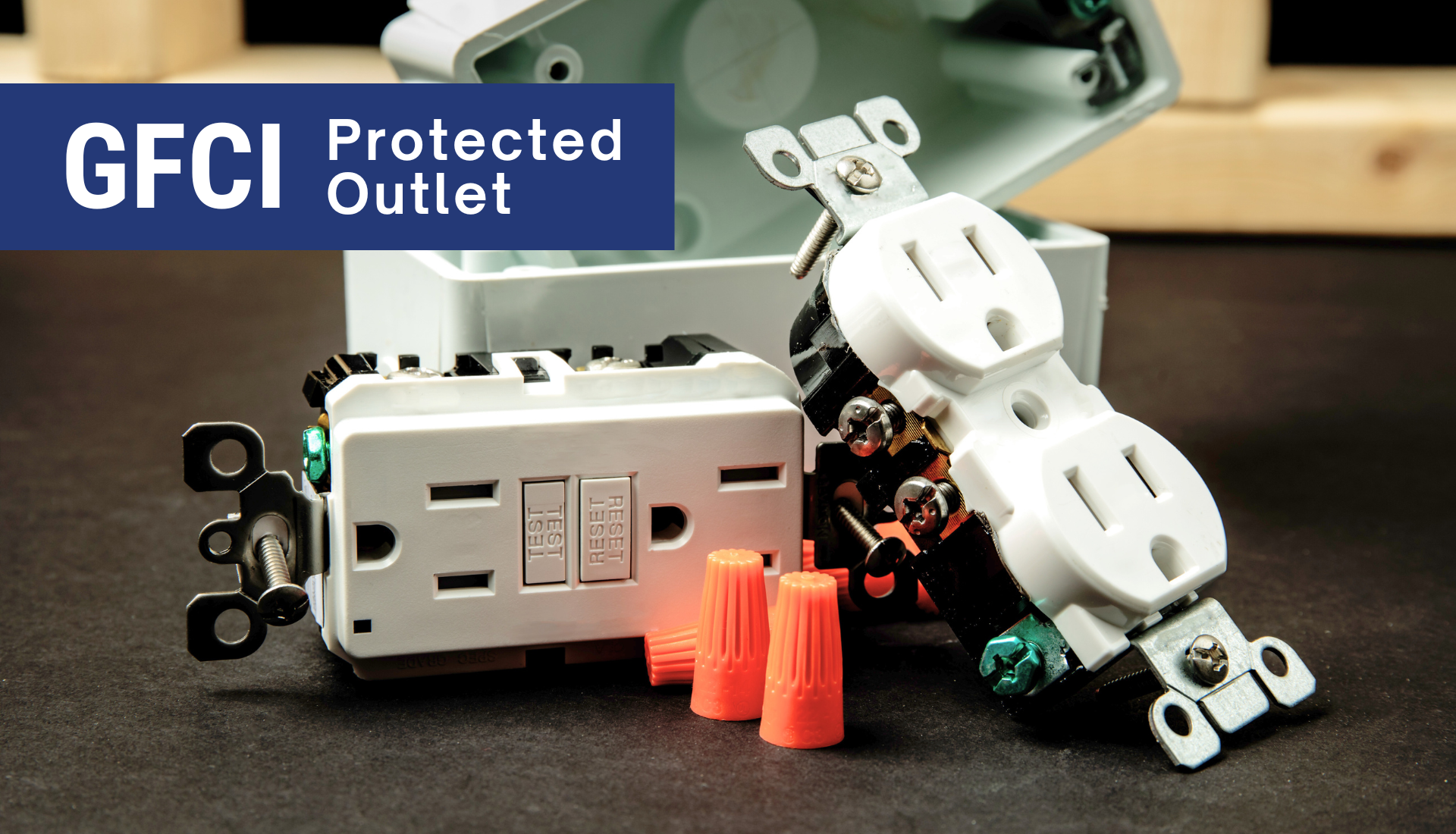Understanding GFCI Plugs: Safety, Function, and When to Call an Electrician
Ground Fault Circuit Interrupter (GFCI) plugs are a critical component of modern electrical safety, designed to protect people from electric shock in areas where water and electricity might come into contact. These devices have become standard in homes and workplaces, but many people aren’t fully aware of when to use them, how they operate, or when issues with them signal the need for professional help. This article breaks it all down.
When to Use GFCI Plugs
GFCI plugs (or outlets) are required by electrical codes in locations where moisture is a concern, as water increases the risk of electrical shock. The National Electrical Code (NEC) in the United States mandates their use in specific areas, including:
- Bathrooms: Near sinks or anywhere water is present.
- Kitchens: Especially within six feet of a sink, where appliances like blenders or toasters are often plugged in.
- Garages and Basements: These areas may have damp conditions or concrete floors that conduct electricity.
- Outdoors: Exposed outlets for yard tools, holiday lights, or pool equipment.
- Laundry Rooms: Near washing machines or utility sinks.
Even if not mandated, installing GFCI plugs in older homes without them is a smart upgrade. They’re particularly useful for protecting against faulty appliances, worn cords, or accidental water spills—scenarios where a standard outlet could become a hazard. Remember, rule of thumb is 6 feet from any water source.
How GFCI Plugs Work
At their core, GFCI plugs monitor the flow of electricity to detect imbalances that could indicate a ground fault—when current leaks from its intended path, potentially through a person or water. Here’s how they function:
- Current Monitoring: A GFCI plug compares the amount of electricity flowing out through the “hot” wire to the amount returning through the “neutral” wire. In a properly functioning circuit, these amounts should be equal.
- Fault Detection: If there’s a discrepancy as small as 4-6 milliamps (e.g., current escaping through a person touching a wet appliance), the GFCI senses it instantly.
- Power Cutoff: Within a fraction of a second—typically 1/40th of a second—the GFCI trips, shutting off power to the outlet and stopping the flow of electricity.
This rapid response is what makes GFCIs lifesavers. Unlike circuit breakers, which protect wiring from overloads, GFCIs are designed specifically to prevent electrocution. They often come with “Test” and “Reset” buttons: pressing “Test” simulates a fault to ensure it’s working, while “Reset” restores power after a trip.
Issues Requiring An Electrician
While GFCI plugs are reliable, problems can arise that go beyond a simple reset. Here are common issues where you should call an electrician:
- Frequent Tripping: If a GFCI trips repeatedly without an obvious cause (like water exposure), it could indicate a wiring issue, a faulty appliance, or a failing GFCI unit. An electrician can test the circuit and pinpoint the problem.
- Won’t Reset: If the reset button doesn’t restore power, there might be a persistent ground fault, damaged wiring, or a dead GFCI. This requires professional diagnosis to avoid hidden hazards.
- No Power, No Trip: If the outlet stops working but hasn’t tripped (the reset button isn’t popped out), it could mean upstream wiring issues or a GFCI elsewhere in the circuit has failed. Electricians can trace the circuit to find the root cause.
- Test Button Fails: If pressing the test button doesn’t trip the GFCI, the device may be defective and needs replacement. This is a safety concern, as it won’t protect you in an emergency.
- Buzzing or Burning Smell: Any noise or odor from a GFCI plug suggests internal damage or arcing—serious fire risks that demand immediate attention from a licensed electrician.
Final Thoughts
GFCI plugs are an ingenious blend of simplicity and safety, offering peace of mind in wet or risky environments. Knowing where they’re needed and how they function empowers homeowners to use them effectively, while recognizing when something’s off can prevent bigger problems. For anything beyond replacing a faulty unit or resetting a tripped one, don’t hesitate to call an electrician. Electrical systems are complex, and GFCIs are just one piece of the puzzle—keeping them in top shape ensures they’ll keep you safe when it matters most.
GFCI plugs are essential for keeping your home or business safe from electrical hazards, but ensuring they’re installed and working correctly is a job best left to the experts. A skilled electrician can assess your needs, install GFCIs where they’re required, and test existing ones to guarantee they’re up to code and fully functional. Don’t take chances with your safety; reach out to your trusted local pro at Savant Electric Company and let us handle the details with expertise you can count on!


